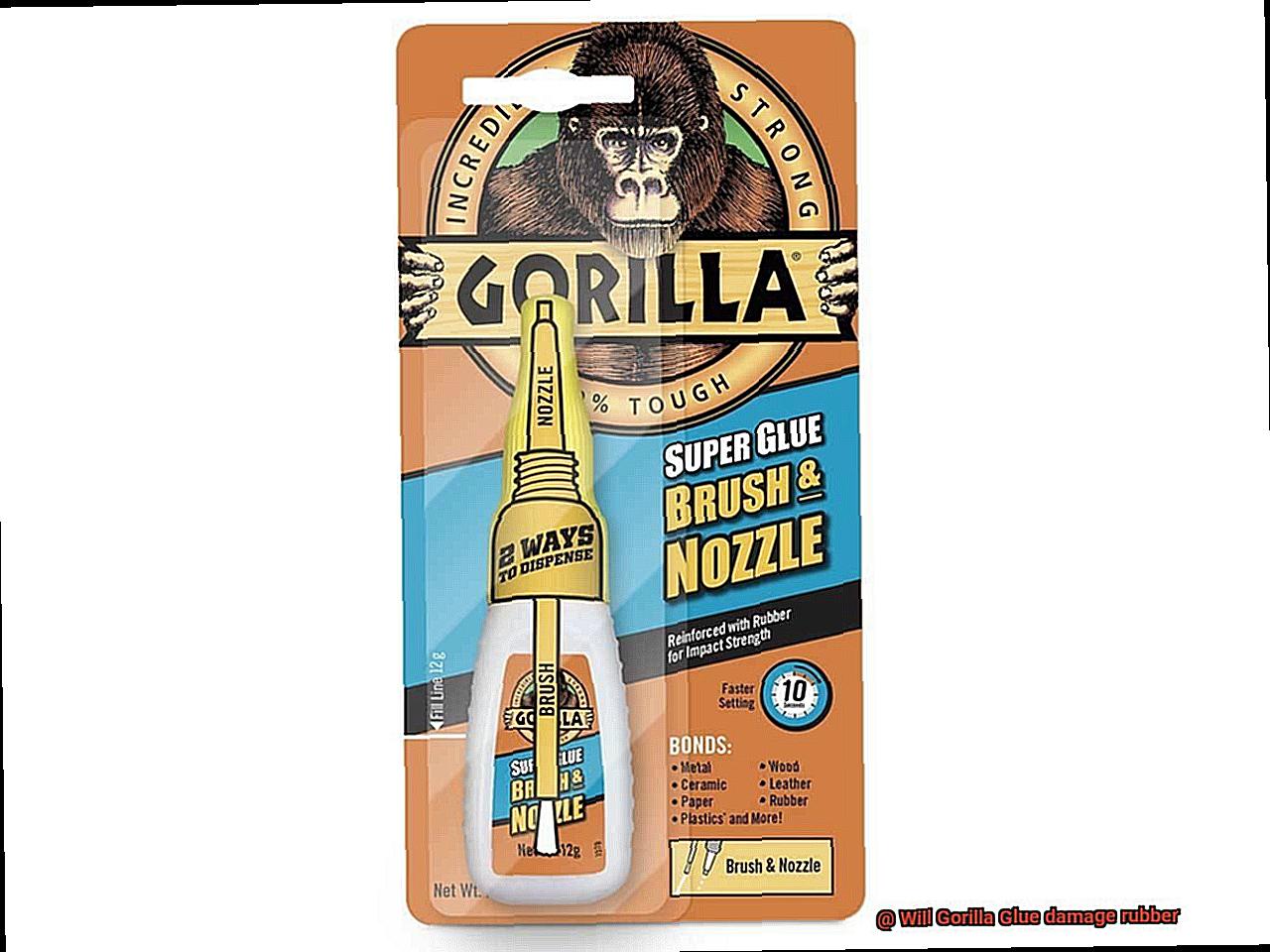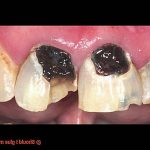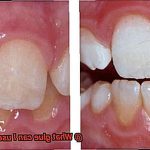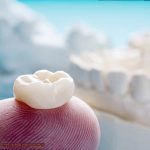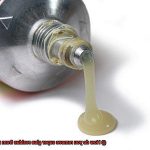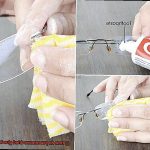Are you a DIY enthusiast or repair aficionado looking for a reliable adhesive that can bond almost anything? Look no further than Gorilla Glue. This incredible glue is known for its ability to bond wood, metal, ceramics, and even plastic. But what about rubber?
Rubber is an essential material in our daily lives, from car tires to shoe soles and much more. However, it’s not immune to wear and tear and sometimes needs a little extra help to stay together. While Gorilla Glue can provide that much-needed assistance, it’s important to consider a few things before using it on rubber surfaces.
Firstly, let’s talk about the nature of Gorilla Glue. It’s an incredibly strong adhesive that forms a chemical bond between surfaces that can be almost impossible to break. While this is great news for those seeking long-lasting repairs, it can also be concerning when working with rubber.
So, will Gorilla Glue damage rubber? The answer isn’t straightforward as it depends on the type of rubber you’re working with and how you use the glue. In this blog post, we’ll explore the compatibility of Gorilla Glue with different types of rubber and provide tips on how to use it safely and effectively.
Let’s get started.
What Is Gorilla Glue?
Contents
Gorilla Glue is a true powerhouse when it comes to adhesives. Introduced in 1999, this polyurethane-based adhesive has quickly become a favorite of DIY enthusiasts, hobbyists, and professionals alike. But what makes Gorilla Glue so special, and can it be used on rubber?
The secret to Gorilla Glue’s success lies in its unique chemical composition. It’s made up of polyurethane polymers and isocyanate, which react to create a strong bond that is both waterproof and heat-resistant. And with the ability to bond to a variety of surfaces – including wood, metal, ceramic, foam, and more – it’s no wonder why it has earned its reputation as one of the best adhesives on the market.
However, when it comes to bonding rubber with Gorilla Glue, there are some important things to keep in mind. Rubber can be a difficult material to bond with adhesives due to its flexibility and resilience. But with proper preparation and application techniques, Gorilla Glue can be used on rubber without damaging the material.
To start, ensure that the rubber surface is clean and free from any dirt or debris. This will allow the Gorilla Glue to adhere properly and prevent any air pockets from forming between the rubber and adhesive. Then, apply a small amount of glue evenly over the surface – too much glue can cause the rubber to expand and potentially damage it.
Once the glue has been applied, it’s important to clamp the materials together tightly while the glue sets. And remember that Gorilla Glue dries to a tan color and can expand up to three times its size during the curing process – use it sparingly.
Finally, give the glue enough time to dry before using the bonded item. Gorilla Glue can take up to 24 hours to fully cure, so patience is key.
What Is Rubber?
Rubber is an incredible material that has been used for centuries, and it’s no wonder why. This natural substance comes from the sap of rubber trees, but it can also be produced synthetically from petroleum. Today, the rubber we use is often a combination of both sources.
One of rubber’s most remarkable properties is its elasticity. It can stretch and return to its original shape without breaking, making it the perfect choice for products like tires, rubber bands, and shoe soles. Rubber is also resistant to water, chemicals, and electricity, which makes it ideal for producing waterproof clothing, gloves, and electrical insulation.
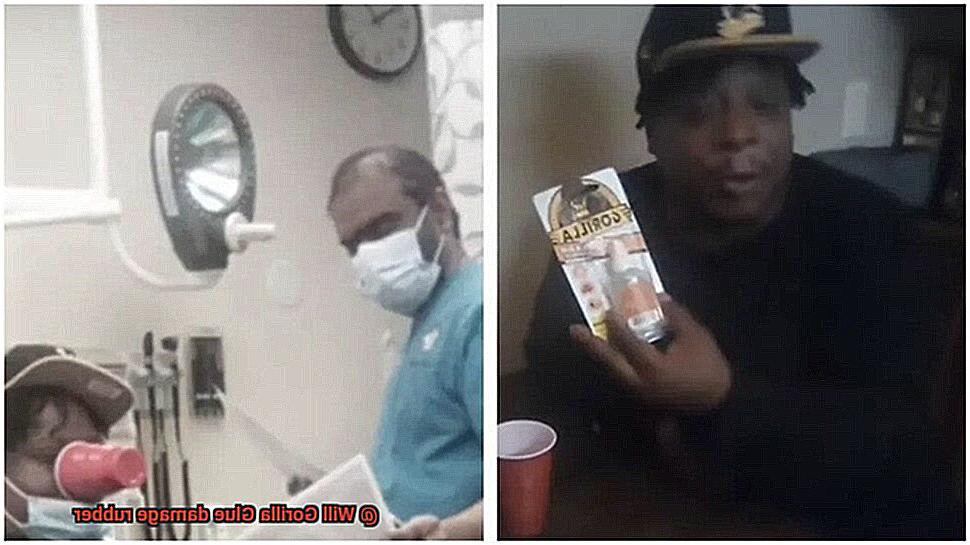
Despite its many benefits, however, rubber can be sensitive to certain substances. Chemicals, oils, and solvents can cause rubber to break down or become damaged over time. This is where Gorilla Glue comes into play – as a powerful bonding agent, it may seem like the perfect solution for fixing or attaching rubber items. However, it’s important to follow proper preparation and application techniques to avoid damaging this flexible material.
Can Gorilla Glue Be Used on Rubber?
Then, you might be wondering if Gorilla Glue can be used on rubber. The answer is not a simple “yes” or “no.” While Gorilla Glue is indeed a potent bonding agent, it can cause potential damage or degradation to certain types of rubber materials.
Luckily, some types of rubber are compatible with Gorilla Glue, such as neoprene and nitrile rubber. These types of rubber have been tested and proven to work well with this adhesive, providing a strong and durable bond. However, it’s important to note that even with compatible rubbers, the bond strength can still be too strong for some applications, which may lead to the rubber tearing or becoming damaged over time.
On the flip side, some types of rubber are not suitable for Gorilla Glue. For instance, silicone and polyethylene rubber have low surface energy, making it difficult for any adhesive to bond properly. Furthermore, Gorilla Glue can damage these types of rubber, leading to degradation or deterioration over time.
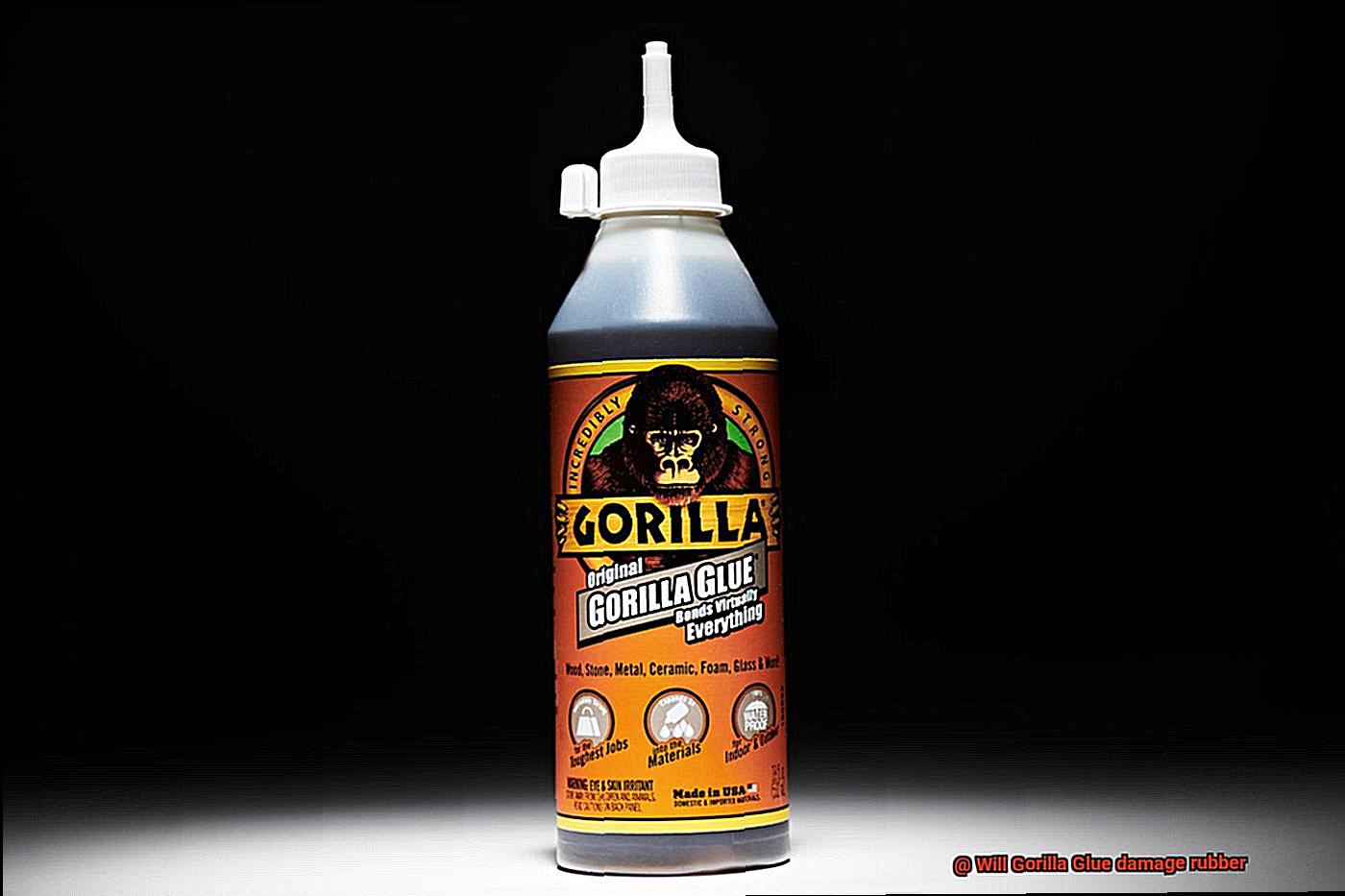
To sum up, whether or not Gorilla Glue can be used on rubber depends on the specific type of rubber being used and the application it is needed for. So, before using Gorilla Glue on rubber, always test a small area first and monitor the bond strength over time to ensure that the rubber is not being damaged or degraded.
Pros and Cons of Using Gorilla Glue on Rubber
While this adhesive can be a powerful solution, it’s important to understand the potential pros and cons before diving in.
On the positive side, Gorilla Glue is known for its incredible strength and durability. This makes it an excellent choice for bonding rubber materials together and withstanding harsh environmental conditions. Plus, its waterproof and chemical-resistant properties make it ideal for outdoor use.
However, there are some potential drawbacks to keep in mind as well. One of the main concerns is the expansion that occurs as the glue dries, which can cause the rubber material to warp or become distorted. This could lead to an uneven bond and impact the overall functionality of your project.
Another downside is that Gorilla Glue can be challenging to remove once it has dried. While this may not matter if you’re creating a permanent bond, it could pose problems if you need to make adjustments or remove the glue later on.
Precautions to Take When Using Gorilla Glue on Rubber
Gorilla Glue is a superhero adhesive that can work wonders when bonding rubber materials. However, like all superheroes, it has its weaknesses. So if you’re planning on using Gorilla Glue on rubber, it’s important to take certain precautions to ensure that the glue doesn’t cause any damage.
First and foremost, it’s crucial to apply the glue sparingly. Using too much glue can cause it to seep into the pores of the rubber, making it difficult to remove later on. Therefore, use just enough glue to create a strong bond between the two surfaces.
Before applying the glue, ensure that both surfaces are entirely clean and dry. Any dirt or moisture on the surface can weaken the bond between the rubber and the glue, leading to damage in the long run. Avoid touching the surfaces with your bare hands as well since this can transfer oils from your skin onto the surface, further weakening the bond.
When working with Gorilla Glue, it’s important to use it in a well-ventilated area and wear gloves to protect your skin. The fumes from the glue can be harmful if inhaled, and prolonged exposure can cause irritation to your eyes and skin. Also, keep the glue away from children and pets since it can be toxic if ingested.
Finally, allow enough time for the glue to dry completely before handling or using the object. This usually takes 24 hours but can vary depending on temperature and humidity levels. Rushing this process can result in a weak bond or damage to the rubber.
How Long Does It Take for Gorilla Glue to Set on Rubber?
In general, Gorilla Glue sets within 10-20 minutes. But there’s a catch, and that is the glue’s setting time depends on several factors. The type of rubber being used and the amount of glue applied are the primary determinants of setting time. That said, other factors like environmental conditions can also affect the glue’s setting time. For instance, if you’re working in cold or humid surroundings, the glue may take longer to set than it would in warm, dry conditions.
It’s essential to note that while Gorilla Glue is known for its robust bonding properties, it may not be the best choice for all types of rubber. Some rubbers are more sensitive than others and may react negatively to the glue. Therefore, it’s crucial to follow the manufacturer’s instructions carefully and use only as much glue as necessary to achieve a strong bond.
To avoid any potential damage or negative effects on your rubber surface, consider testing a small area first before applying the glue more widely. This will help ensure that there is no adverse reaction between the glue and the rubber. Wearing gloves and working in a well-ventilated area can also protect you from any potential harm.
U-E3AgLYce0″ >
Conclusion
In summary, Gorilla Glue is a powerful adhesive that can bond rubber, but its compatibility with different types of rubber varies. It’s crucial to take precautions to avoid damaging the material when using Gorilla Glue.
To achieve a successful bond without harming the rubber, prepare the surface by cleaning it thoroughly and apply the glue sparingly and evenly. Clamp the materials together tightly while waiting for the glue to set and allow enough time for it to dry completely before handling or using the object.
Although there are potential drawbacks to using Gorilla Glue on rubber, such as expansion during drying and difficulty removing it once it has dried, its strength and durability make it an excellent choice for bonding rubber materials in harsh environmental conditions.
If you plan on using Gorilla Glue on rubber, be cautious by testing a small area first before applying widely. Work in a well-ventilated area wearing gloves to protect your skin from fumes from the glue. Keep away from children and pets since it can be toxic if ingested.

